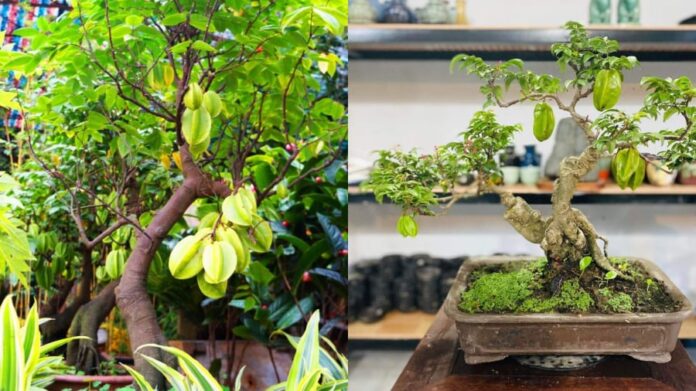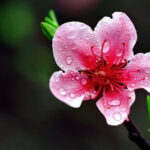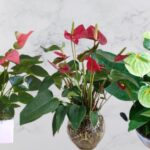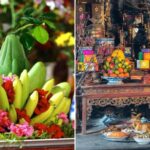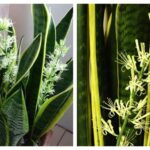The Carambola Tree: A Symbol of Good Fortune in Vietnamese Culture
The carambola tree, or khế in Vietnamese, is a humble yet significant plant in Vietnam’s cultural landscape. Traditionally, this tree was commonly found in rural areas, gracing the edges of ponds and gardens, valued for its leaves and fruit. The carambola tree is deeply intertwined with a heartwarming legend: “eating carambola and returning gold,” symbolizing how kindness is rewarded with prosperity.
In Vietnamese poetry and literature, the carambola tree is often associated with nostalgia and a sense of home. It holds a special place in the hearts of the Vietnamese people, symbolizing good fortune and positive omens.
From a Feng Shui perspective, the carambola tree is believed to attract wealth and abundance. It bears an abundance of flowers and fruits and rarely sheds its leaves, symbolizing enduring prosperity, a large family, and good health. The tree’s golden fruits, hanging like ornaments, further reinforce the idea of financial wealth and blessings. Additionally, the carambola tree can be easily cultivated in pots or as bonsai, making it a popular choice for those seeking to bring this symbol of fortune into their homes.
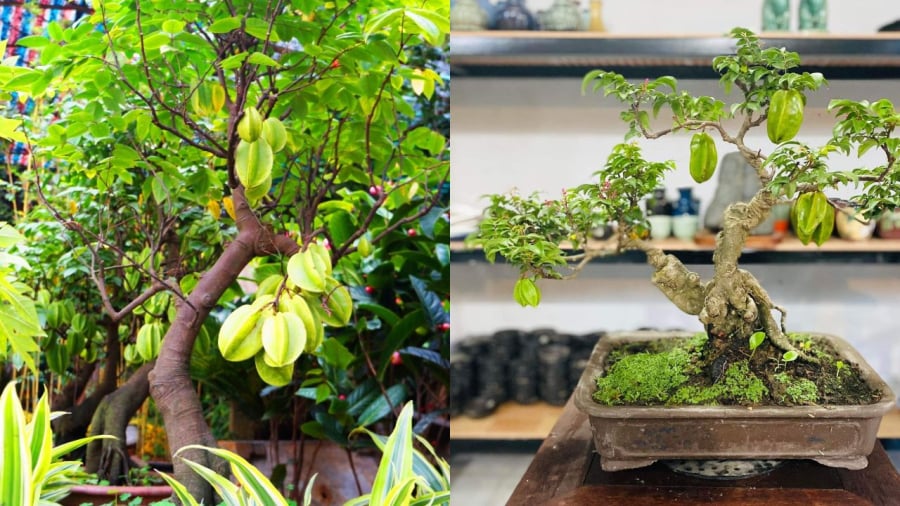
The Symbolic Carambola Tree
Feng Shui Elements and Compatibility
The carambola tree’s brown trunk and green leaves, complemented by the vibrant yellow of its ripe fruit, make it particularly suitable for individuals with Earth and Fire elemental associations in Feng Shui. Those with these elements in their birth charts or who are seeking to balance these elements in their lives may find growing a carambola tree especially beneficial.
Additionally, the carambola tree is considered auspicious for individuals born in the years of the Horse, Rat, and Tiger in the Chinese zodiac. With the year 2025 being the Year of the Fire Snake, cultivating a carambola tree during this period is believed to bring positive Feng Shui energy.
Furthermore, the carambola tree is seen as a symbol of righteousness and good deeds, bringing good luck and blessings to those who grow it in their gardens or yards.
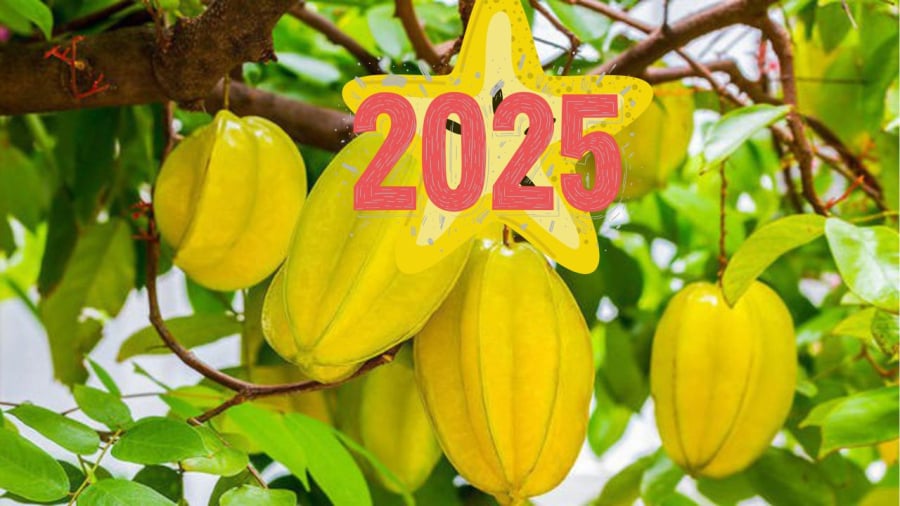
The Auspicious Carambola Tree for the Year 2025
Tips for a Thriving Carambola Tree
The carambola tree is a large shrub with extensive roots, so it’s important to choose a suitable planting location that won’t obstruct pathways or hinder the flow of positive energy.
If you have the space, planting a carambola tree in your garden or yard is ideal, as it will bear more fruit. For those opting for bonsai or potted carambola trees, extra care is needed to ensure healthy fruit-bearing. Avoid planting directly against walls or blocking entrances, as the tree’s growth may impede movement or hinder the flow of positive energy into your home.
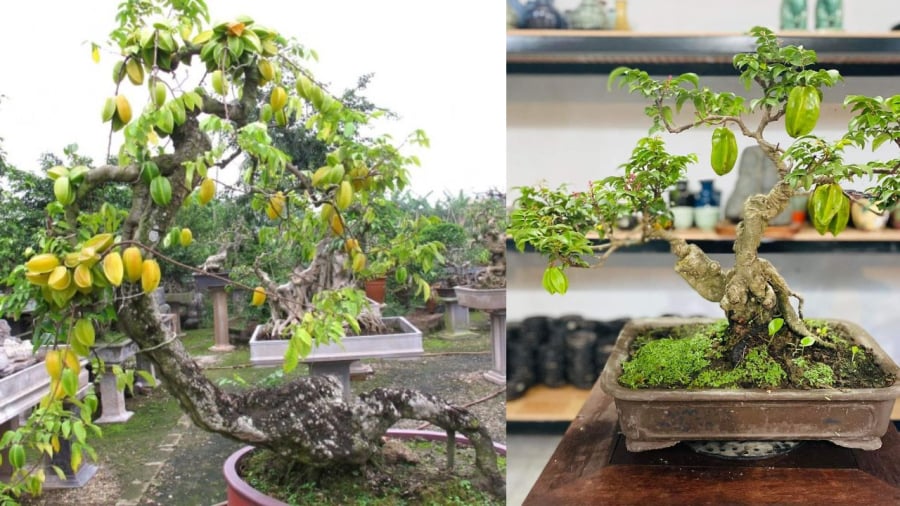
Consider the Planting Location for Your Carambola Tree
For larger carambola trees, it’s recommended to plant them at the back of your property to attract wealth and protect your assets. Potted carambola trees can be placed in front of the house, but ensure the pot size is appropriate to prevent the tree from becoming a hindrance.
Carambola trees planted directly in the ground require minimal care beyond their initial establishment, whereas potted trees need regular watering and fertilizing to thrive and produce fruit.
Additionally, the carambola tree has medicinal properties and is valued in traditional folk medicine for treating skin conditions and providing nutritional benefits.
Disclaimer: This information is based on traditional beliefs and practices. Results may vary.
The Ultimate Guide to Choosing and Caring for Peach Blossoms this Lunar New Year to Invite Prosperity into Your Home
The tradition of displaying peach blossoms during the Tet holiday, a time of celebration and renewal in Vietnamese culture, is steeped in symbolism and significance. For generations, families have meticulously selected and adorned their homes with these delicate blooms, believing they bring joy and good fortune for the coming year. This ritualistic practice of welcoming spring and its promise of new beginnings through the beauty of nature is a cherished custom, unique to the Tet festival, and an integral part of bringing the festive spirit into Vietnamese homes.

























